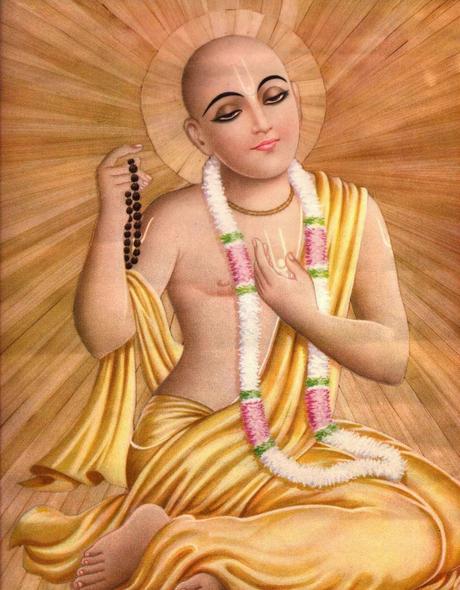#vyadageeta #guestpost #sureshchandrasekran #geeta #swamivivekananda

"No duty is ugly, no duty is impure it is only the way in which the work is done, that determines its worth. "
A Brahmin was engaged in austerities in the forest. He was disturbed by the falling of a crane’s droppings on him. Enraged, he glared up at the crane and, by the power of his austerities, the crane dropped dead.Proud though he was in the powers that his austerities had given him, he was saddened by the fact that his inability to control his anger had caused the death of the crane. He was musing about his shortcomings as he entered the nearby town, to beg for alms as befitted a renunciate, who had given up possessing worldly goods.At the household where he stood for alms, the lady of the house requested him to wait as she was busy looking after her sick husband. The wait was too prolonged and the Brahmin lost his temper again. When the lady at last came out, he glared at her in anger and berated her for her negligence of a Brahmin sage.The lady laughed and said, “I am no crane, Brahmin!”The Brahmin was astounded. How did this ordinary housewife know of what befell him in the forest when such ability to know things from afar was only given to the enlightened sages? Humbled by the thought of being in the presence of a noble soul, the Brahmin beseeched her to teach him the path to enlightenment.The lady said, “Anyone who does her duty, thinking of it as an offering to God and without any thought of personal benefit, attains enlightenment, O Brahmin! If you want to be set on the path to enlightenment, approach the butcher at Mithila and he shall guide you.”The Brahmin wended his way to Mithila, wondering all the while about how a lowly butcher could be so enlightened as to guide him – a Brahmin. When he saw the butcher at his shop, heartlessly killing and cutting the meat of goats, he was even more aghast. His quest for enlightenment was a burning fire in him, however, and he told the butcher about the lady who had directed him and requested his guidance.The butcher said, “Satya and Ahimsa are the way to enlightenment. He, who does his duty, with no thought in his mind but that of the greatest good that he can bring about, given his station in life, is true and non-violent. Violence lies in the mind, when it seeks to do injury, and not in the action. Truth lies in the heart – if the motives be pure, the action in in consonance with Satya.”“How is it that you, a butcher, are more enlightened than me – a Bahmin?”“What Society calls a Brahmin is one thing. What the divine teachings call a Brahmin is another. One does not become a Brahmin by birth; only by his thoughts and actions. He, who seeks to serve without any THOUGHT of recompense; he, who is never angered, even when he fearlessly fights injustice; he, who has no ego and only works for the enlightenment of all – only such a person can be called a Brahmin, regardless of where he took his birth.”The full text of the discourse of the butcher is in the VyadaGeeta.The idea, therefore, of teaching being the sole province of Brahmins is NOT that education is to be denied to the others BUT that education ought to be disseminated with the mind-set of a Brahmin – freely to all and not to only those who can afford it.
The VyadaGeeta is also a clear indication that the caste system was a division of people based on their natures and NOT based on birth. Else, how could a Brahmin by birth learn from a butcher?

